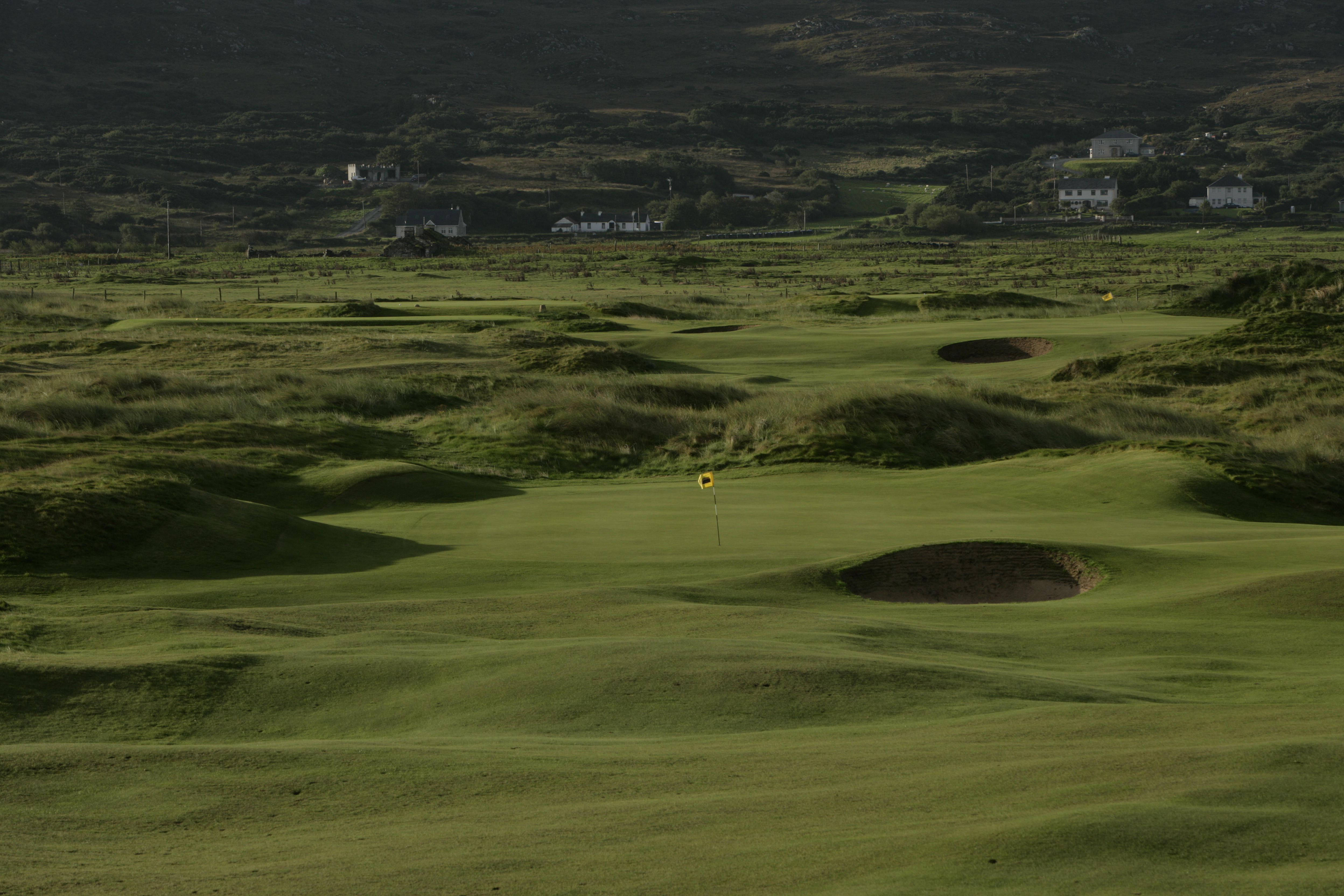THE MAJOR ATTRACTION OF LINKS GOLF

Professional golf is largely defined by unpredictability. Anyone on Tour is capable of winning an event. No two venues are ever the same and, as we well know, no two shots or rounds are either. What does offer it structure are the Majors; their history, of course, but also their unique test and guaranteed drama.
Of the four Major championships, The Open Championship can often see the most volatile changes in the leaderboard (European bias perhaps), arguably the result of golf played on notoriously unpredictable links. Given the value placed on swing repetition by professionals far more used to the benign conditions of regular Tour courses, the fact that three of the men’s Majors plus the Ryder Cup, as well as the Women’s Open at Carnoustie, are being staged on links-type courses will place an even higher level of scrutiny on skill levels and understanding of the game and course intricacies at these most valued tournaments.
The question is why choose those courses? What is it that makes links courses Major-worthy? What is it about them that sets them apart, and why does links golf warrant such respect?
Yes, it is important to recognise there is a rich heritage behind many of them, particularly in the UK and Ireland, but these tournaments are not hosted here because of their past. They earn the respect as the ultimate tournament stages because of their inherent drama, the shot imagination they demand, the challenge of the elements and, ultimately, the thought needed to navigate the test they provide. Links golf thrives in the nuance of its natural and wild environments.
The sloping hump and bump fairways test a player’s imagination and arsenal of shots, but the angles of attack are often determined by the elements and not what is in the bag. Much of links golf is defined by what is out of your control and your ability to adapt to it, unlike a TPC course where the challenge is apparent and it is often a question of execution to find reward or else. From a design perspective, the natural landscape and features define course layout and strategy – unquestionably a practice that should not sit exclusively with links and one we at Faldo Design advocate across all our projects and designs.
Links courses are exposed to the elements, with players inevitably subjected to all manner of playing conditions. These are invited by course architects, allowing nature to steer the experience as opposed to doing it themselves. Kiawah Island was a perfect example of this in action for the US Open earlier this year. The first four holes were played into left to right wind, with the fifth to the thirteenth then all downwind. But, as we’ve seen at Royal St George’s this week, the wind can also move and change within a round as well, and with it the strategy and demands of individual holes and ultimately their difficulty level. Playing conditions are always in flux, from hole to hole, and from day to day – a 3-Wood and 9-Iron on a hole one day might be two woods the next!
I think herein lies the crux of it. Links golf asks players (amateur or professional) questions with answers that require constant adjustment based on changing context. As designers we celebrate the highly strategic nature and balance of links conditions and topography that creates unique interest and excitement. It is something we at Faldo Design continuously champion in our own approach – unsurprising really, given that the philosophy stems from Sir Nick’s unique view of the game and its relationship with the surrounding landscape…I spoke with him recently on the topic and this strategic understanding was something he himself highlighted:
“On most links courses it’s fun and necessary to have wide fairways, but that is balanced by the uncertainty of the wind. You’re always looking to gain advantage by finding the position for your next shot. It is often a case of thinking ahead and plotting that next shot, based on the elements, slopes, mounds, thick or heavy rough, bunkers, pot bunkers, waste bunkers. Anything and everything on a links course is there to give you something to think about for the next shot.”
Golf is a game known for its heritage. It’s both celebrated and criticised for its tradition, but as the sport becomes more advanced it is no surprise that the reputation of links as the purest form, with its natural architecture and often wild and rugged aesthetic, still fosters such respect and romance in equal measure with today’s players. Perhaps even more impressive is its ability to consistently play a central role in defining the pinnacle of this highly complex sport with its unpredictability.
I’m sure, like me, many of you will be enjoying the rest of the weekend at Royal St. George’s and watching the drama unfold…Enjoy!
Gareth Williams